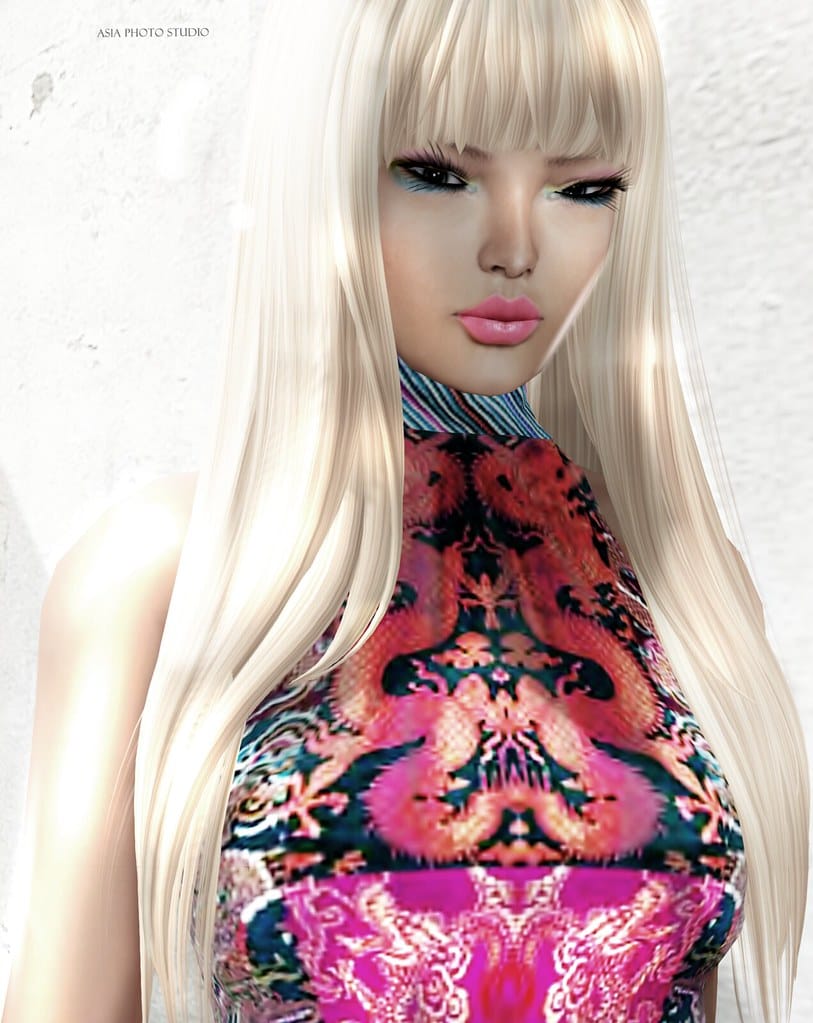The Vogue AI Controversy: Why Fashion's Digital Future Has Everyone Talking
The fashion world erupted in February 2024 when Vogue, the industry's most prestigious publication, released an advertisement created entirely by artificial intelligence. What started as a marketing experiment quickly became a lightning rod for broader debates about creativity, authenticity, and the future of work in creative industries.
The Advertisement That Sparked Outrage
Vogue's AI-generated campaign featured ethereal models in haute couture settings, complete with the magazine's signature aesthetic polish. The images were undeniably beautiful—and therein lay the problem. Critics immediately pointed out the uncanny valley effect, where something appears almost human but feels fundamentally artificial.
Fashion photographer Mario Testino called the campaign "a slap in the face to every creative professional who has dedicated their life to the craft." Within hours, the hashtag #VogueAIControversy was trending across social platforms, with industry professionals, models, and fashion enthusiasts voicing their concerns.
Beyond Fashion: The Broader Creative Economy at Risk
The controversy extends far beyond glossy magazine pages. According to a 2024 study by the Creative Industries Federation, approximately 2.1 million people work in creative sectors across the United States alone. The widespread adoption of AI-generated content threatens to disrupt these livelihoods in unprecedented ways.
Photography and modeling represent just the tip of the iceberg. Graphic designers, illustrators, copywriters, and video producers are all watching nervously as AI tools become increasingly sophisticated. Adobe's latest Creative Suite now includes AI features that can generate complex designs in seconds—work that traditionally required hours of human expertise.
The Economics of Artificial Creativity
The financial implications are staggering. A typical Vogue photoshoot can cost anywhere from $50,000 to $500,000, factoring in photographer fees, model costs, location rentals, and post-production. AI-generated content can produce similar results for less than $1,000 in computing costs and software licenses.
This dramatic cost reduction explains why major brands are experimenting with AI-generated content despite the backlash. Coca-Cola, Nike, and Samsung have all quietly tested AI-created advertisements, though none as prominently as Vogue's controversial campaign.
Quality vs. Authenticity: The Creative Dilemma
Supporters argue that AI democratizes creativity, allowing smaller brands to produce high-quality visual content without massive budgets. "AI is just another tool," argues tech entrepreneur Sarah Chen, whose company creates AI-powered marketing solutions. "We didn't abandon photography when digital cameras replaced film."
However, critics raise fundamental questions about authenticity and human experience. Fashion has always been about storytelling—the narrative of human beauty, aspiration, and cultural expression. Can an algorithm truly capture the subtle emotions that make fashion photography compelling?
Industry Response and Adaptation
The fashion industry's response has been mixed but increasingly pragmatic. Condé Nast, Vogue's parent company, has established guidelines requiring clear disclosure of AI-generated content. Meanwhile, several high-profile photographers and models are exploring ways to work alongside AI rather than compete against it.
Model Gigi Hadid recently partnered with an AI company to create digital versions of herself for brands, maintaining creative control while expanding her reach. This hybrid approach suggests a possible future where human creativity and artificial intelligence collaborate rather than compete.
The Regulatory Landscape
Governments are beginning to take notice. The European Union's proposed AI Act includes provisions for labeling AI-generated content, while several U.S. states are considering similar legislation. The goal is transparency—ensuring consumers understand when they're viewing artificial versus human-created content.
Looking Forward: Creativity in the Age of AI
The Vogue controversy represents more than a fashion industry dispute—it's a preview of challenges facing all creative sectors. As AI capabilities continue advancing, society must grapple with fundamental questions about the value of human creativity and the nature of authentic expression.
The path forward likely involves adaptation rather than resistance. Creative professionals who learn to leverage AI tools while maintaining their unique human perspective may find themselves at a significant advantage. Those who ignore the technology entirely risk being left behind.
The fashion world's AI awakening serves as both warning and opportunity. While the technology threatens traditional workflows, it also opens possibilities for new forms of creative expression. The key lies in ensuring that human creativity remains at the center of the conversation—augmented by artificial intelligence, not replaced by it.
